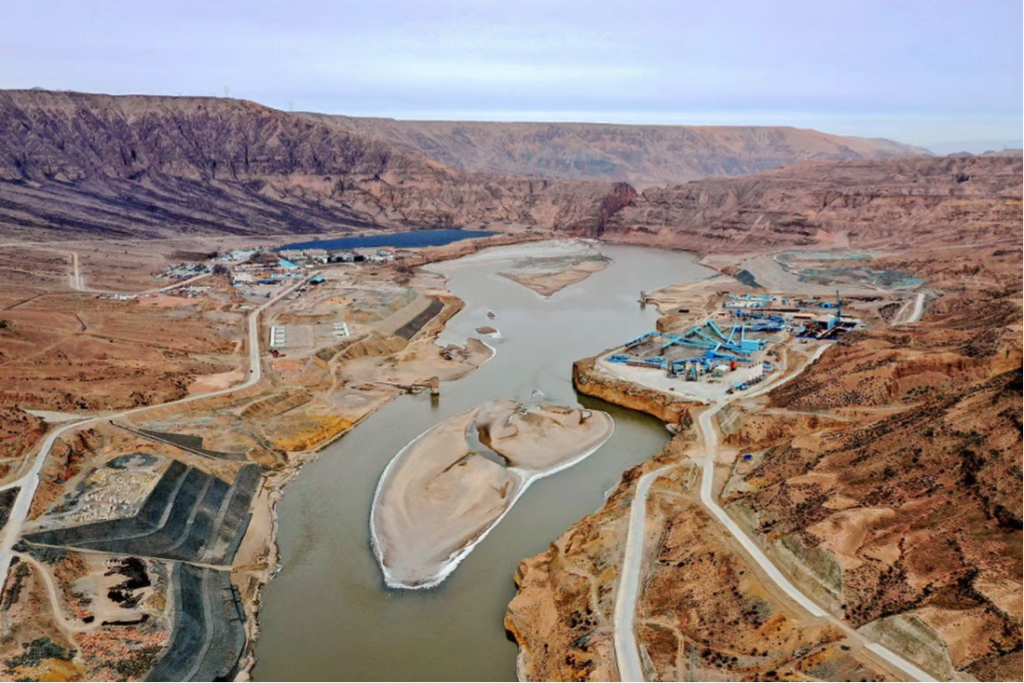China intends to build a hydroelectric dam on the Tibetan plateau using a combination of artificial intelligence (AI), robots, and 3D printing. When completed, the dam will provide five billion kilowatt-hours of electricity every year to China. The really remarkable bit? The project, which will apparently be done by 2024, won’t need humans keeping an eye on matters.
The Yangqu Dam, when complete, will be the world’s largest 3D-printed structure, according to The South China Morning Post. Currently, the tallest 3D-printed structure is a 9.5m tall building in Dubai, printed by Apis Cor 3D. But Apis’ robots used a very different manufacturing method.
AI > humans
According to the scientists working on the project, the Chinese dam will be constructed entirely by robots, which will act as a giant 3D printer. The Yangqu Dam contstruction will be overseen by a centralised AI system. The AI-powered robots will build in layers to fabricate the 180-metre tall construction.
The plan is to get unmanned bulldozers and pavers to form construction materials, delivered by unmanned trucks, into a dam layer. Thereafter unmanned rollers rigged with sensors will press down each layer. This is to make sure that each layer becomes firm and durable, according to the project’s scientists.
This sort of additive construction isn’t new in China, though the scale of the project is impressive. What is new is leaving the humans out of the equation. No manpower will be used for the construction. The point, according to the project’s creators, is to leave out any human error and eliminate potential safety issues for humans. The only task that still has to be done by humans is the mining of construction materials.
The Chinese project is ambitious and while the broad details are known, no real specifics have turned up regarding how this will all be done. We’ll keep an eye on the project. Hopefully, we can snag some video of construction when the AI-driven systems get to work.
Source: Business Insider




